Here’s how to tell if you’re experiencing a kidney stone
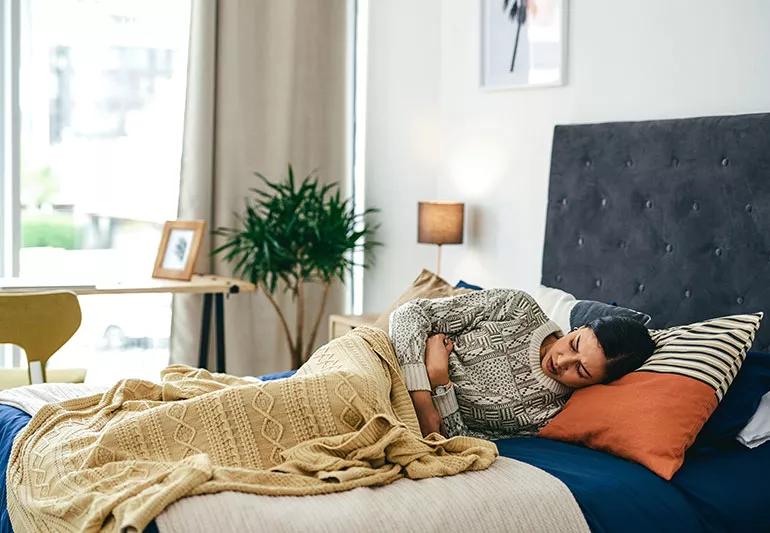
You feel a pain in your side, or you notice blood in your urine. Could it be kidney stones? One in 10 people will likely get a kidney stone in their lifetime. Though it’s a common condition, many of us struggle to identify if we’re dealing with a kidney stone or something else.
Cleveland Clinic is a non-profit academic medical center. Advertising on our site helps support our mission. We do not endorse non-Cleveland Clinic products or services. Policy
Urologist Smita De, MD, PhD explains what early warning signs and symptoms you shouldn’t ignore and when you need to seek treatment.
Kidney stones are solid, often irregularly shaped masses or crystals made of minerals and salts that form in your urinary tract. “They form in the kidney, but then can move around and get stuck in the ureter [the tube that drains urine from your kidney down to your bladder], which is usually what causes symptoms,” says Dr. De.
A common misconception is that pain is from having a kidney stone when in fact the pain comes from when the stone gets stuck, typically in the ureter. Urine will back up into the kidney causing it to swell. “The swelling of the kidney causes the pain because the kidney isn’t a stretchy organ and swelling causes the nerves on the surface of the kidney to get irritated,” says Dr. De.
Kidney stones can be caused by several factors like dehydration, diet, medical conditions, medications, or a family history of kidney stones. There are different types of stones as well, like calcium oxalate, calcium phosphate, uric acid and struvite.
They can range in shape, size and texture. “The smallest size could be as small as a poppy seed or just even crystals that show up on a urine test but aren’t visible to the eye,” says Dr. De. “They can get as big as filling the entire kidney, so that can be more than 4 or 5 centimeters, depending on the size of somebody’s kidney.”
How do you know you have a kidney stone? While it can be difficult to diagnose on your own and can often be confused with other pain, Dr. De says generally these are the early warning signs that you might have a kidney stone:
Your kidney sits partially underneath your ribs in the back, so for many, the pain will start in the flank area, which is on either side of your middle back, between your pelvis and your ribs. The pain often moves from there around to your abdomen and groin area, the area of your hip between your stomach and thigh.
“A lot of people get confused because they may have back issues and they think it’s a kidney stone, but the location is completely wrong,” says Dr. De. “You don’t generally get kidney stone pain in the middle of your back by your spine or your lower back by the hip bones.”
You may feel intermittent pain, which is known as renal colic. The pain will come and go, as a result of urine being able to pass around the stone. “Many people assume because the pain is gone that they’ve passed their stone, which is often untrue,” says Dr. De. “It may just mean that the urine can get around the stone now and is not backed up into the kidney.”
You may experience nausea and vomiting while dealing with a kidney stone. A shared nerve connection between the kidneys and the GI tract can cause an upset stomach.
Seeing blood in your urine is a sign that you might have a kidney stone. For some, the amount of blood is undetectable and isn’t discovered until a doctor does a simple urine test. “In fact, some people will just see blood in their urine and not have any other symptoms,” says Dr. De. “And then they’re found to have a kidney stone.”
If you think you have a bladder or kidney infection, you might have a kidney stone instead. Dr. De has seen several patients who have been diagnosed with possible UTIs (urinary tract infections) or bladder infections and have been given a few rounds of antibiotics. “Turns out that they don’t actually have an infection,” says Dr. De. “They have a stone that has been bouncing around for a while causing inflammation.”
Some people have actual infections that keep coming back over and over again. They may also have kidney stones. The bacteria that cause infection can stick to a stone until the stone itself has been treated. “I would encourage anyone who has repeated UTIs to get checked for a kidney stone, because the reason they may not be clearing the infection, even with antibiotics, is that the bacteria is adherent to the stone and the antibiotics can’t get inside the stone,” says Dr. De.
People may experience fever and chills in addition to other symptoms if they have an infected kidney stone. Keep in mind, an infected kidney stone can be a medical emergency.
While symptoms can be the same between men and women, Dr. De says that she sees a lot of male patients who can feel pain in their testicles. “They come in thinking they have a testicular infection,” she says. “It ends up being a stone that’s stuck down by their bladder.”
Dr. De cautions people to be careful with the phrase “passing a stone.” “There’s the passing the stone from the kidney to the bladder, which is the painful part,” she says. “Then there’s the bladder out the urethra, which generally doesn’t cause pain.” Often, people only know they urinated out a stone if they are straining their urine or see it in the toilet. If you have severe pain or severe nausea or vomiting, head to the ER.
You may be given a urine mesh screen or a pee strainer, which you place on top of the toilet seat to collect any material in your urine. Your kidney stone may look like a grain of sand or a piece of gravel. You should keep any stones you collect in a cup with a lid or a plastic bag to keep them safe and dry until you can give them to your doctor for analysis. Your doctor will more than likely give you information on how to reduce your risk of kidney stones like:
If you feel overwhelmed or unsure what changes would be best for you, seeing a urologist can help you navigate the best path forward. “There’s a lot of nuanced things we can do to help treat and prevent kidney stones,” says Dr. De.
Learn more about our editorial process.
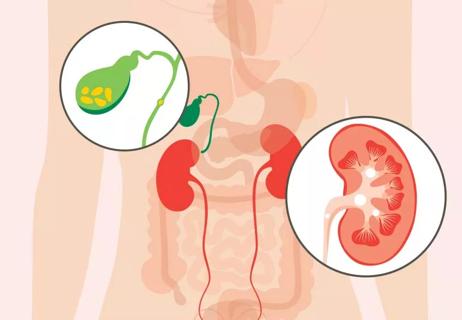
One is related to your urinary system, while the other is related to your digestive system
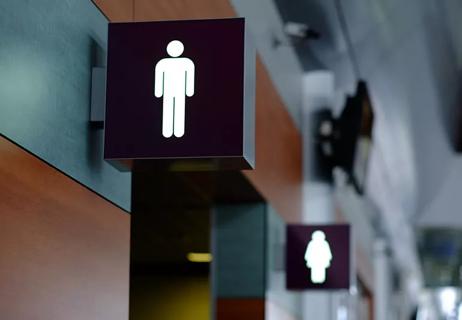
An overactive bladder, UTI, kidney stones or an enlarged prostate can affect how you urinate

Why you need to get it checked
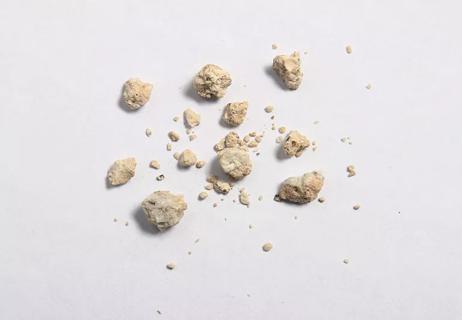
Make these lifestyle changes to help prevent kidney stones
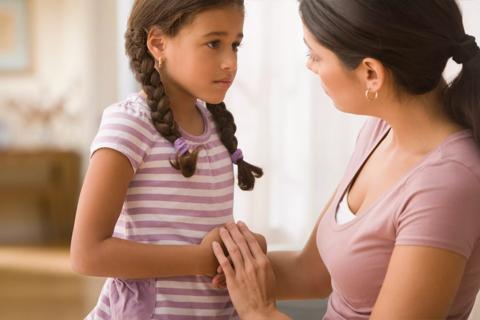
Why kidney stones in kids are on the rise (and what to watch for)
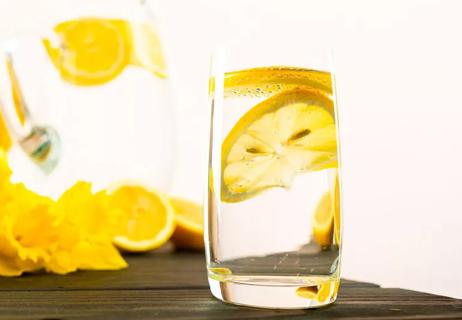
Say goodbye to kidney stone pain with these 7 expert diet tips
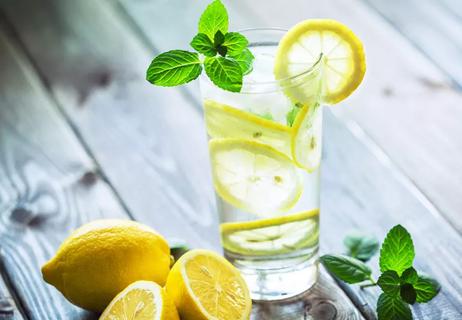
An expert explains a complicated relationship
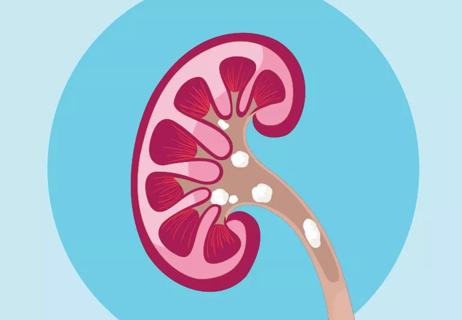
With warmer temps and increased physical activity, winter stones can begin to travel

Your metabolism may torch 1,300 to 2,000 calories daily with no activity

A gentle touch in all the right places may help drain your sinuses